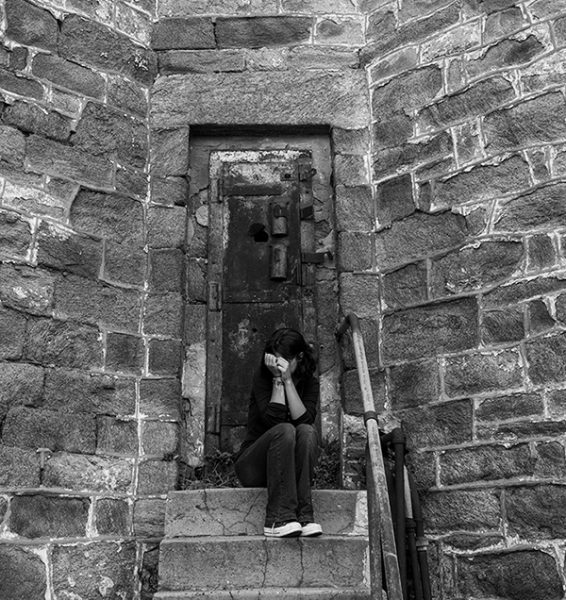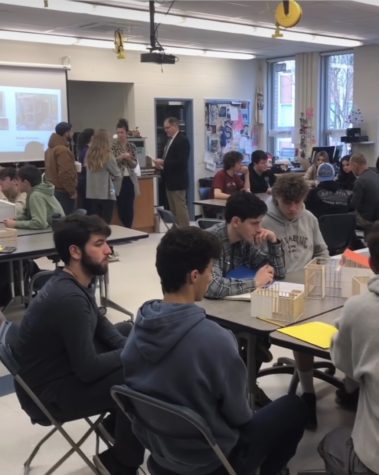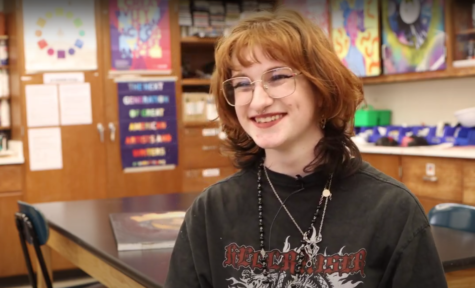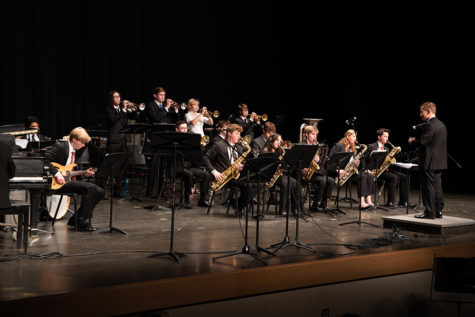Dia de los Muertos
November 13, 2018
October 31st not only marked the exciting American holiday Halloween, but it was also the beginning of Dia de los Muertos (Day of the Dead), a Latin American and a Mexican national holiday of remembering and celebrating loved ones who have died. While Mexico gets most of the attention, it is celebrated in most predominately Christian Latin cultures.
November 1st is Dia de los Inocentes, the day when everyone honors the children who have passed. The community decorates the graves with baby’s breath flowers. November 2nd is when the adults are honored – the community decorates the graves with orange marigolds.
Dia de los Muertos consists of several colorful and sentimental traditions such as making altars, cleaning and decorating graves, making sugar skulls, papel picado, and of course, skeletons. To enunciate the joy in this holiday, the skeletons are made colorful, and partake in fun activities like dancing and playing the guitar. Such activities were a part of the deceased life and their loved ones hope that they continue their arts in the afterlife. A belief held on this holiday is that the deceased would be insulted by grief and that they must celebrate life instead of dwelling on death.
On Dia de los Muertos, the souls of deceased members of the community are said to come back from the grave to party with food, drinks, decorations, and to be reunited with their loved ones.
A significant part of Dia de los Muertos is the making of altars. Altars serve as little tributes to loved ones lost that showcase photographs, personal items, art, crosses, and flowers. Memorial Middle School Challenge Spanish makes altars for famous people who have died. For instance, the classes made an altar for Carrie Fisher with a big stormtrooper sugar skull displayed above it.
Katy Herera, a student here at Shawnee talked about Dia de los Muertos in her native country, Guatemala. She shared that although Mexico gets the credit for the holiday, it is celebrated amongst many Latin and Carribean countries.
Herera mentions that this day is still a little sad. The “dead people aren’t with us anymore,” she says. However, it is a “way to remember them.” Katy said her favorite part of Day of the Dead is “tacos and enchiladas.” Food plays a large part in the celebration.
If you missed it this year, don’t fret, grab your family traditions, fiesta food, guitar, and reminders of your loved ones on the other side and start the countdown for next year’s celebration.







